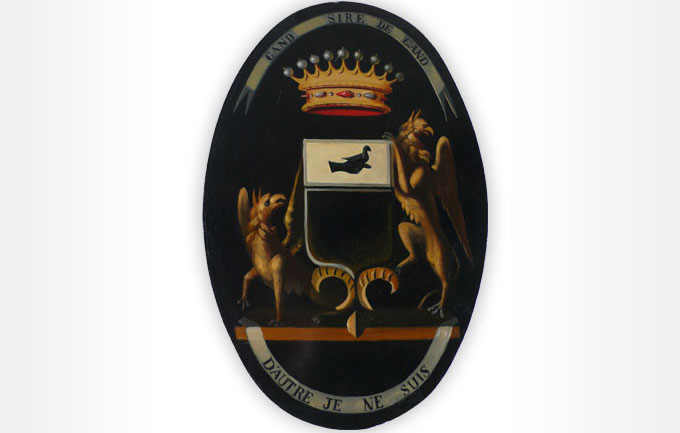This area of south western France has been inhabited since pre-historic times, but, arguably, has its cultural roots in the Roman Empire. In the early middle ages, the people of the region long regarded themselves as independent, different, and more civilised than the Franks in the north.
Until the 13th century, the people of the hamlet in which the chateau is situated were loyal subjects of the Counts of Toulouse, independent potentates grander than the Kings of France. The area was renowned for its tolerance. No doubt some of the early 13th century inhabitants were Cathars. The decisive battle of the Albigensian Crusade was fought in nearby Muret..
The local hamlet was first recorded by the Romans. The Knights of Malta were Lords of the Manor for a long period, and probably succeeded by the Templars. The first temporal Lords of the Manor were the ancient and wealthy Siregand family, who came into possession of these lands in 1633.
Joseph Jean Pierre Gaston Siregand, Count d’Erce and Viscount d’Aulus (1760-1825), was the first chatelain of the current house. Construction had probably started under his father around 1770 and was completed around 1785, just before the revolution. The young Count lived there with his wife and two small daughters until the revolution. During the early part of these tumultuous times, he escaped to England, leaving his wife and children behind. His wife was arrested and taken to prison in Cazeres and her two daughters given away in adoption to “good” revolutionary families The estate workers and local farmers were outraged and marched to Cazeres to demand her freedom. She was released and her children were given back to her. They moved back into the chateau quietly, and she looked after her husband’s estate until his return a few years later. The chapel was requisitioned as a revolutionary hall and its return was only negotiated much later.
In the 19th century, the house passed into the possession of other families, usually through marriage in the female line. The house has been inhabited since its construction.
The biggest changes that have taken place in this area have been in recent times. Until the 1930s, little had changed since the French revolution, and, indeed, one could argue since the late 17th century. Since the 1950s in particular, the local community has become smaller. The hamlet has about a quarter of the population it had in 1918. Nevertheless, the rural community and local traditions are alive and well.



